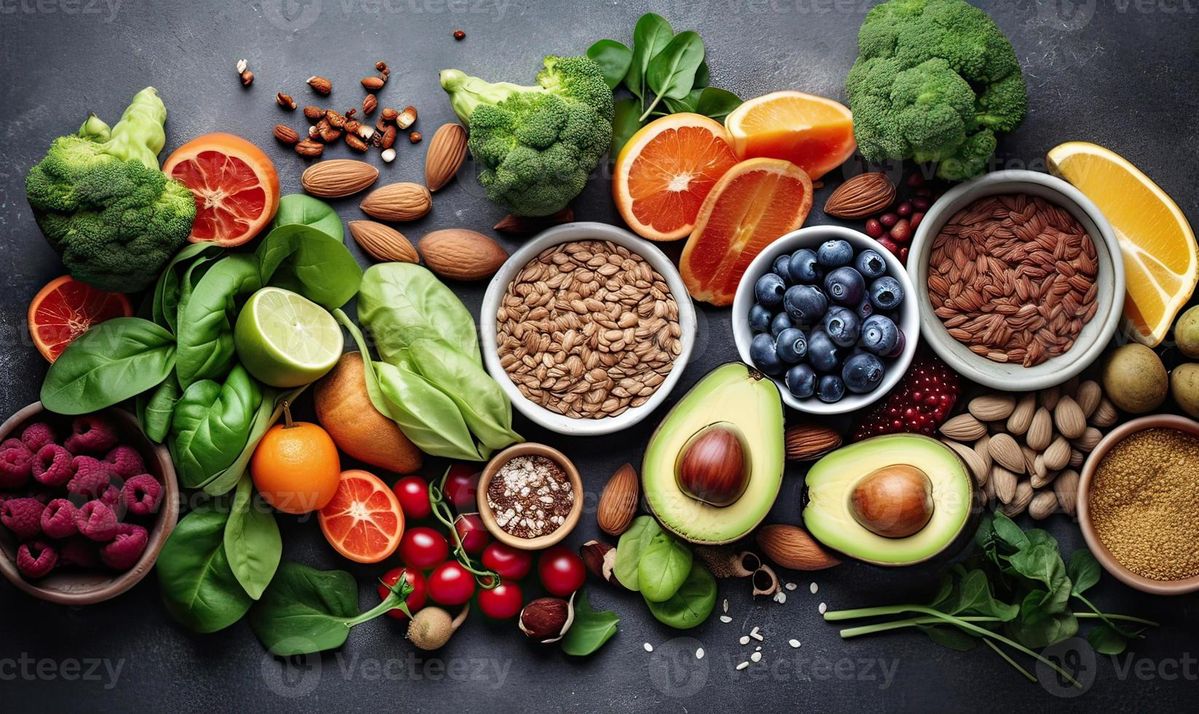
don’t always fall for fancy foods; there is a difference btw Healthy & ”Marketed healthy”.
Picture this: You’re in the grocery store, minding your own business, when suddenly a snack bar leaps off the shelf, practically doing cartwheels to get your attention. It’s got all the buzzwords—“organic,” “gluten-free,” “low-fat.” It’s like the prom queen of the health food aisle, and you’re tempted to crown it as the hero of your snack time.
But wait, before you let it into your shopping cart kingdom, let’s play a little game called “What’s Really Inside?” You flip it over and discover that this so-called health snack is hiding more sugar than a pack of Skittles at a candy convention. It’s like finding out the prom queen has been secretly eating donuts in the bathroom all night.
Here’s the scoop: The food industry is like a magician with a really flashy act. They’ll wave the “organic” wand and make you think you’re about to eat a kale salad, but in reality, you’re biting into a sugar-laden, calorie-packed trick. Even “low-fat” can be a sneaky code for “we took out the fat and crammed in a bunch of sugar and chemicals to make it taste halfway decent.”
And don’t even get me started on “gluten-free.” Unless you’ve got celiac disease or legitimate gluten sensitivity, slapping that label on a pack of cookies is just a way to charge you extra for, well, cookies.
So, what’s the moral of this grocery store tale? Stick to the stuff that doesn’t need a marketing campaign to convince you its healthy—fresh fruits, veggies, lean meats, and whole grains. They’re like the down-to-earth, dependable friends who’ve always got your back, without all the drama.
Remember, the healthiest foods don’t come with a spotlight—they come with nutrients. So, next time you’re at the store, give those flashy snacks a wink, but don’t let them steal the show. Your body deserves the real deal!